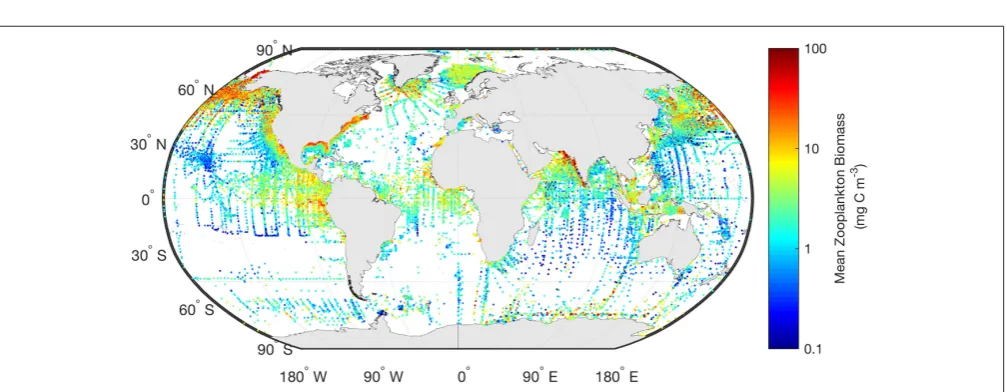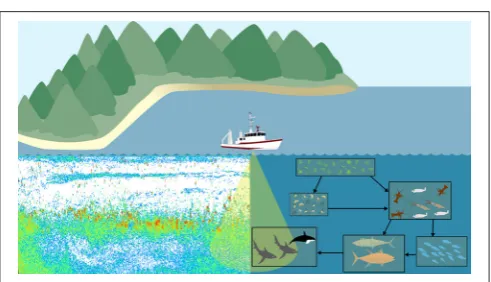Modeling what we sample and sampling what we model: challenges for zooplankton model assessment
Full text
Figure
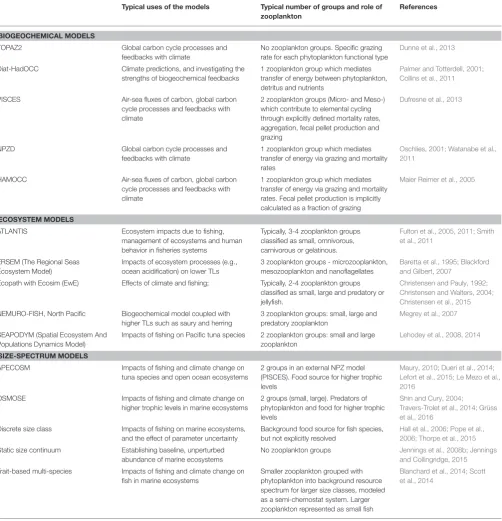
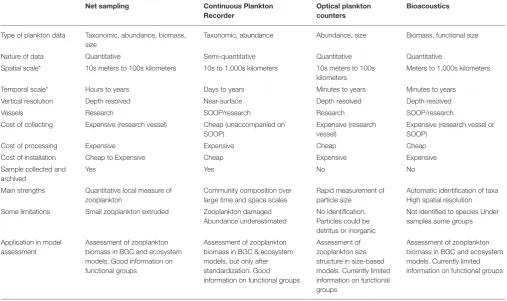
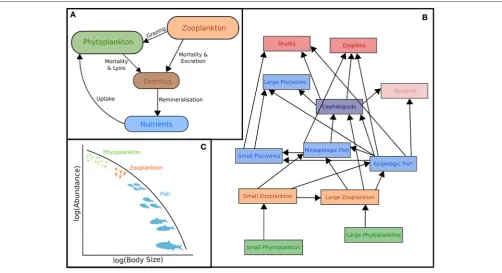
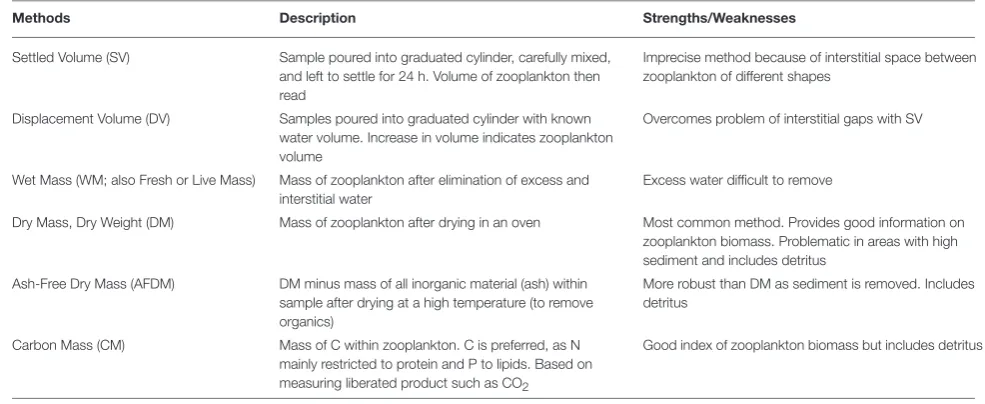
Related documents
Decryption reception Decryption reception Decryption reception Decryption reception Volume ov erla y functio n Rend erin g S y nc hron ous n ode 復号化 受信 Operation
63 As well, in a randomized, open-label, 2-year sequential follow-up study of 43 healthy adult volunteers (14 men, mean age 60.6 years; 29 postmenopausal women, mean age 54.1
Foundations: The Advanced Primary Care Practice 24 Access Quality Technology Accountable Care Health Information Exchange Electronic Medical Record Point Of
Dissemination is rated as present but not adequate because of the following: the last time that an annual summary of health service statistics was published with
But before the full implementation of OBE and finalization of the program educational objectives, student outcomes, curriculum content and intended learning outcomes, the College
Impacts of demographic changes on wastewater infrastructure The identified impacts of demographic change can be distinguished into the operational impacts on water supply,
Such an analysis highlights whether a set of motifs shows a higher enrichment in one cell type as compared to another, indicating the binding of different transcription fac- tors
Brazil’s exports are projected to increase from 21.6 million metric tons in 2009 to 25.6 million metric tons in 2019 even though Brazil uses a substantial amount of sugar cane
